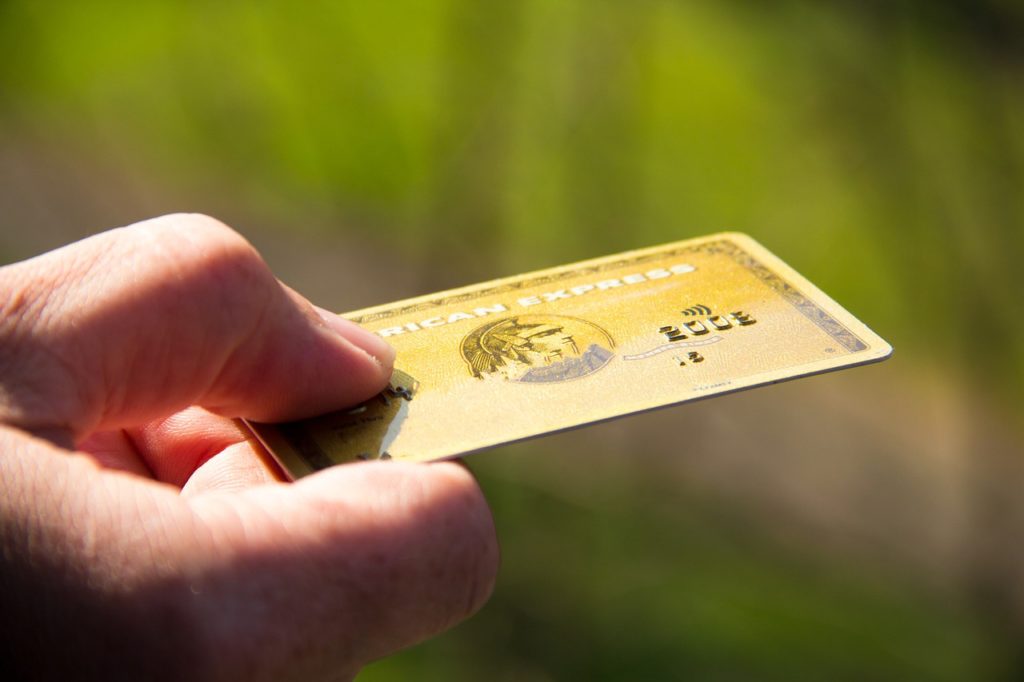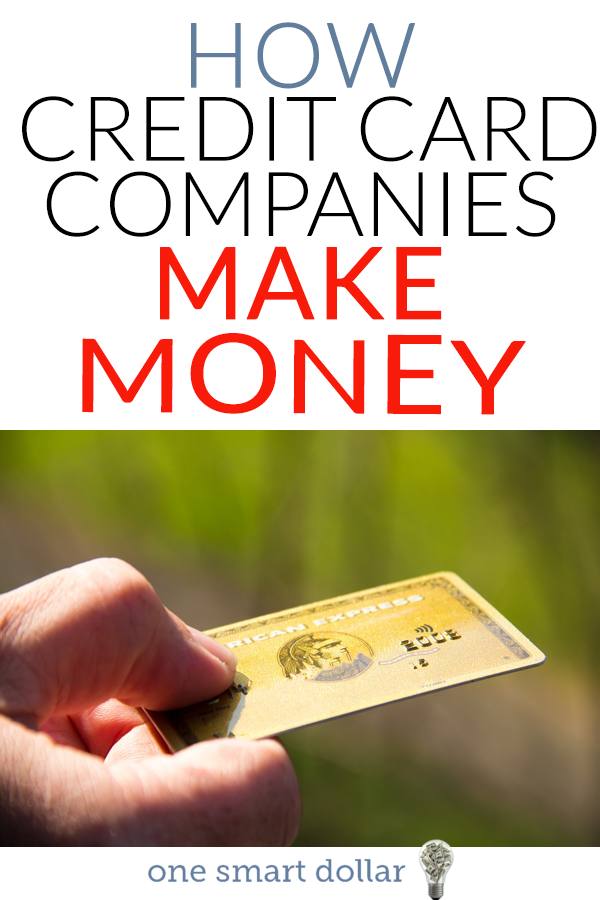
During the Great Recession, there was a big backlash against banks, lenders, and credit card companies. The people felt they had been taken advantage of (there is some truth to that), and they wanted reform. While it didn’t come as a sweeping reform that purged the industry of the crooked dealers, there was some good that came of it. Such as the Credit CARD Act of 2009, an act that made fees and terms much simpler to read so the consumer knows what they are getting into.
But just because it’s easier, doesn’t mean it’s clear. In fact, it’s still a little convoluted (to most people) exactly how a credit card makes money. It’s not a business built around preying on unsuspecting consumers that get into debt, but a more complex structure.
Income Sources for Credit Card Companies
Vendor Transaction Fees
When you make a purchase using your credit card, the business doesn’t collect the entire amount. In order to provide the convenience of credit card use, they pay certain fees. While the actual fee structure is complex, it generally comes out to 3-5% of the transaction amount (more transactions usually mean lower fees).
That money is divided up to a variety of different sources. The credit card association, like Visa or MasterCard, gets a portion of the fee. The company that issued the card, like Wells Fargo or Southwest Airlines, gets a portion of the fee. And the credit card processing company, like SumUp, gets a portion of the fee.
As a consumer, you never see or worry about all of these vender transaction fees. The business owner covers them all as a service to the customer. However, some small businesses can’t afford to raise their prices, nor can they afford to eat the cost of credit card processing. In these cases, they often advertise that a small amount or percentage will be added to the bill if the customer pays with a card (loyal customers have no problem paying the extra, or they simply use cash to avoid the hassle).
Various Consumer Fees
What consumers often decry as predatory are the fees that they have to pay in order to have and use a card. Most of these fees are avoidable when you use your credit card in a responsible manner.
Annual Fees – Some cards carry an annual fee (usually not more than $100, but depending on the card it could be into the many hundreds). These cards often carry much better rewards perks than the cards that are available without the fee (for example: airlines will often give a “free” plane ticket each year).
Late Fees – Just like any bill, there is a date by which you must pay. If you forget to pay on time, your card company will likely tack on a late fee (the CARD Act capped this late fee at $27 for the first offense). Mistakes do happen. If you’re late by a day or two because you forgot to pay (and you aren’t a chronic late payer), all you have to do is call the card company, explain what happened, and ask for a one-time waiver. If you’re a loyal customer, it shouldn’t be a problem.
Cash Advance Fees – Cash advances, and their cousin balance transfers, are almost never a good option; especially if you have to pay a fee to do so (there are some cards that offer free 0% balance transfers, those can be useful in paying off debt). This fee is generally 3% of the balance that is advanced or transferred.
Consumer fees are entirely avoidable if: you know what they are, you know when they occur, and you know what needs to be done to avoid them. But if you’re using a card for convenience, and only charging that which you know you can pay off come the next billing cycle, you shouldn’t have any issues here.
High Interest Rates
Interest falls into the consumer fee section, but it’s given its own category because this accounts for a good chunk of change for the credit card company. So much so that it accounted for $5.4 billion of American Express’s profits in 2014. But it’s not where the bulk of the income comes from. In that same year, American Express took in about $19.5 billion in vendor transaction fees. Despite the relatively low profit from interest, it’s the most hotly debated aspect of how credit cards make their money.
The reason is actually pretty simple. Credit cards lend money on a speculative basis. They have weighed the risks, and determined that you are likely to pay back what you borrow on a regular basis. If you pay your card off, in full, each month, you take out short term loans for free. You’re a good risk for the card company. But as soon as you start carrying a balance, the likelihood of default skyrockets. You’re now a bigger risk, and in the event that you don’t pay them back, they need to make sure they’re offsetting the risk that they have taken; that is done with a high interest rate.
Credit Card Companies are in the Business to Make Money
Card companies provide a great service, one that you can use to your advantage. They get a bad rap because consumers focus on the high interest rate, and often fail to fully understand the terms. If you use the card appropriately, you can profit from buying on credit.

